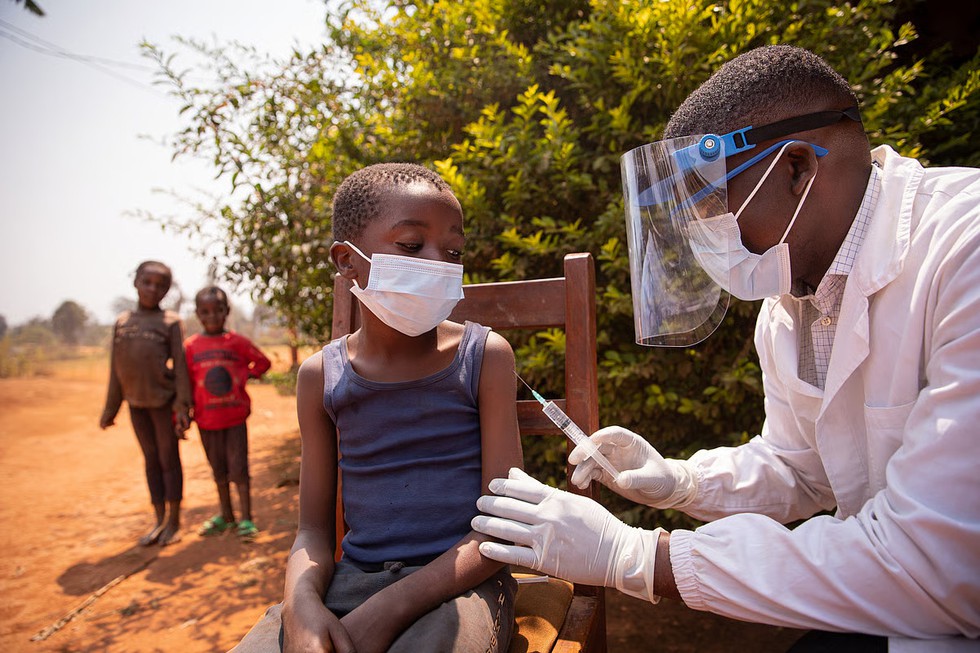About Human African Trypanosomiasis:
- It is a parasitic diseasetransmitted through the bite of infected tsetse flies.
- It is also known as sleeping sickness and is endemic in sub-Saharan Africa.
- Symptoms of Human African Trypanosomiasis
- It shows initially symptoms such as fever, headaches, and joint pain, but can progress to neurological issues like confusion, disrupted sleep, and behavioural changes.
- First signs and symptoms emerge a few weeks or months after infection. The disease develops rapidly with multi-organ invasion, including the brain.
- It takes 2 forms, depending on the subspecies of the infecting parasite:
- Trypanosoma brucei gambiense:It is found in 24 countries of west and central Africa, currently accounts for 92% of reported cases and causes a chronic illness.
- A person can be infected for months or even years without major signs or symptoms. When evident symptoms emerge, often the disease is advanced with the central nervous system already affected.
- Trypanosoma brucei rhodesiense:It is found in 13 countries of eastern and southern Africa accounts for 8% of reported cases and causes an acute disease.
- Who is at risk? It is more prevalent amongst rural populations which depend on agriculture, fishing, animal husbandry or hunting are the most exposed.
- Till today, WHO has validated the elimination of the gambiense form of HAT in seven countries: Togo (2020), Benin (2021), Ivory Coast (2021), Uganda (2022), Equatorial Guinea (2022), Ghana (2023) ,Chad (2024) and Guinea (2025).
